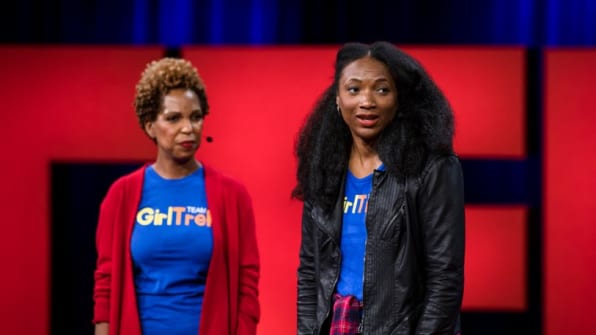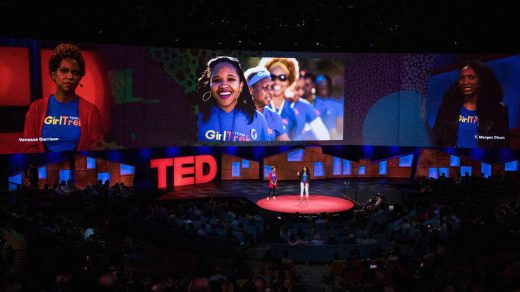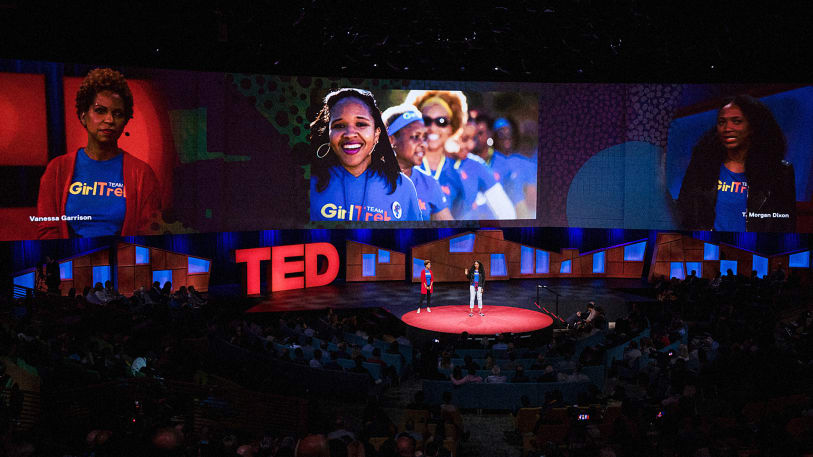GirlTrek Has A Simple Health Intervention For Black Women: Walking
After Vanessa Garrison saw her grandmother die at the age of 66, her aunt at 55, and another aunt at 63, she realized that her family’s experience wasn’t unusual: Black women have the highest obesity rates in the U.S. and die earlier than other groups from preventable, obesity-related diseases.
Government interventions and public health campaigns to encourage exercise haven’t worked well. But Garrison is attempting to get women moving through something that draws inspiration from the civil rights movement and earlier black history in America–walking.
“The best advice from hospitals and doctors and the best medicines from pharmaceutical companies to treat the congestive heart failure of my grandmother didn’t work because they didn’t acknowledge the systemic racism she had dealt with since birth,” Garrison said at TED 2017. GirlTrek–borne out of the personal experiences of Garrison and her cofounder T. Morgan Dixon–does.

Through the program, thousands of women have pledged to walk regularly. The organization reaches women “through the best practices of the civil rights movement,” Garrison says. “We huddled up in church basements, did grapevine sharing of information through beauty salons, we empowered mothers to stand on the front lines.”
When one woman who had signed up to walk lost her 23-year-old son to gun violence, she posted online that she didn’t know how to move forward–but she walked for her son, and “it felt good to be out there to walk.”
“Walking through pain is what we’ve always done,” says Dixon, sharing the story of her mother walking into a desegregated school. “Changemaking is in my blood. It’s what I do. This health crisis ain’t nothing compared to the road we have traveled.”
Walking 30 minutes a day can reduce the risk of diseases such as diabetes, stroke, heart disease, and even Alzheimer’s. But it has a secondary effect of strengthening communities.
“Once walking, women get to organizing–first their families, then their communities, to walk and solve problems together,” Garrison says. “They walk and notice the abandoned buildings. They walk and notice the lack of sidewalks, the lack of green space, and they say, ‘No more.’”
“I can’t help but wonder what would have happened if there were groups of women walking on Trayvon’s block that day,” says Dixon. “What would happen in the south side of Chicago every day if there were groups of mothers and aunts and cousins walking. Or along the polluted rivers of Flint, Michigan. I believe that walking can transform our communities because it’s already starting to.”
(30)



